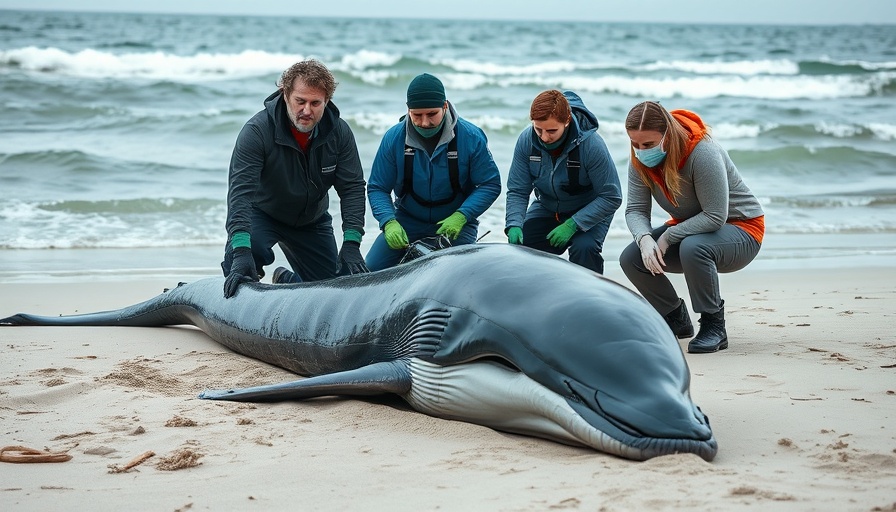
The Mysterious Tragedy of a Humpback Whale on Our Shores
On a sad January morning, beachgoers in Huntington Beach were met with the somber sight of a humpback whale washed ashore, a stark reminder of the delicate balance between human activity and marine life. The 26-foot-long female whale, estimated to be only two to three years old, was found with significant blunt-force trauma on the right side of her head, suggesting a possible collision with a boat.
Understanding the Impact of Human Activity on Marine Life
Humpback whales, with their graceful leaps and majestic presence, have long captured the hearts of ocean lovers. However, like many marine species, they face increasing threats from human activities. According to officials from the Pacific Marine Mammal Center, collisions with vessels are now among the leading causes of death for humpbacks and other whale species.
Once teetering on the brink of extinction, with populations reduced by as much as 95%, these magnificent creatures have slowly begun to recover thanks to conservation efforts since the 1980s. Still, this recent incident highlights the dangerous intersections between our waterways and the habitats of these gentle giants.
What This Incident Means for Our Community
This tragic event serves as a wake-up call for communities like Sunset, Huntington Beach, and Seal Beach, bringing into focus the importance of maritime safety and responsible boating. Local residents are reminded of their role in protecting our coastal ecosystems and the wildlife that inhabit them.
Additionally, awareness about the environmental impacts of pollution and fishing gear entanglements cannot be ignored. Human negligence often contributes significantly to the perilous situations whales face, whether through pollution or the loss of their habitats.
A Broader Perspective: Whales and Conservation
Stranded whales are not isolated events in California. Notably, the body of a gray whale was discovered on Oso Flaco Beach just days before the humpback whale incident, emphasizing a worrying trend. In other regions, alarming numbers of whales have washed ashore in a short period, signaling a potential crisis in our oceans.
This recent surge has left many biologists and conservationists alarmed, pushing for increased monitoring and faster response to stranding incidents. As our oceans change due to climate impacts, preserving marine wildlife more diligently becomes essential.
What’s Next for the Stranded Whale in Huntington Beach?
Following the discovery, biologists collected samples from the humpback whale before it was cleared from the beach. Their analysis will reveal more about the whale’s plight and overall health prior to this tragic encounter. A complete report is anticipated, shedding light on the events that led to its untimely death.
This is not just a story of loss; it’s a crucial moment for our community to reflect on our responsibility toward wildlife. As we delve into the upcoming weeks, let’s remain engaged in protecting our marine ecosystems, supporting local conservation initiatives, and staying informed about the challenges faced by our oceanic friends.
Final Thoughts on Our Natural World
While the scene of a whale on the beach is distressing, it serves as a poignant reminder of the intertwined fates of people and the ocean. Each humpback whale deserves protection and respect, symbols of a healthy ocean ecosystem. We can all contribute through efforts to reduce pollution and promote sustainable practices, ensuring our coastal areas remain sanctuaries for marine life.
As the community needs to come together to ensure the safety of our shores, local advocacy and educational programs about marine wildlife can empower residents and foster a collective responsibility. Let’s ensure our beautiful beaches remain places not only for humans to enjoy but also for the diverse life forms they support.
 Add Row
Add Row  Add
Add 




Write A Comment